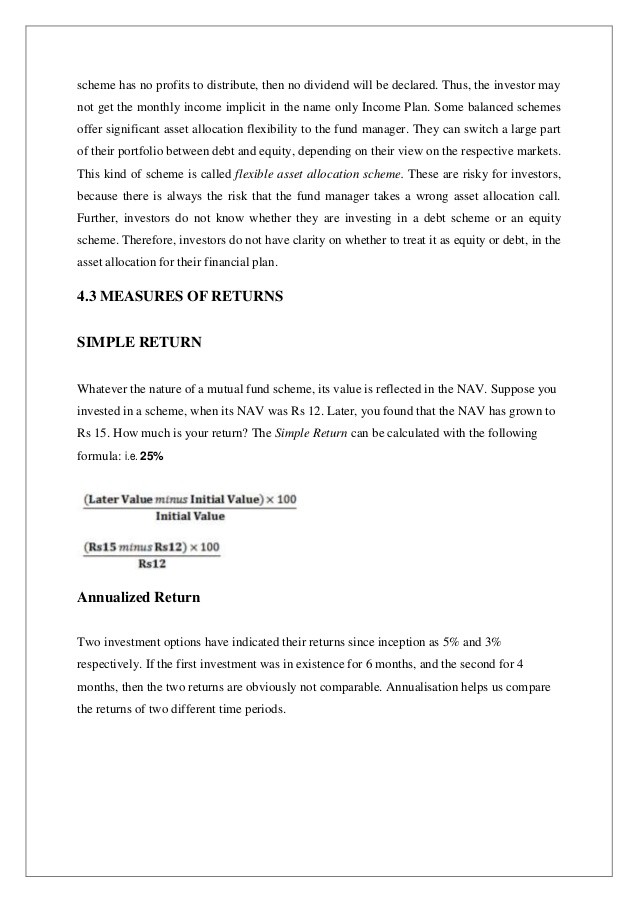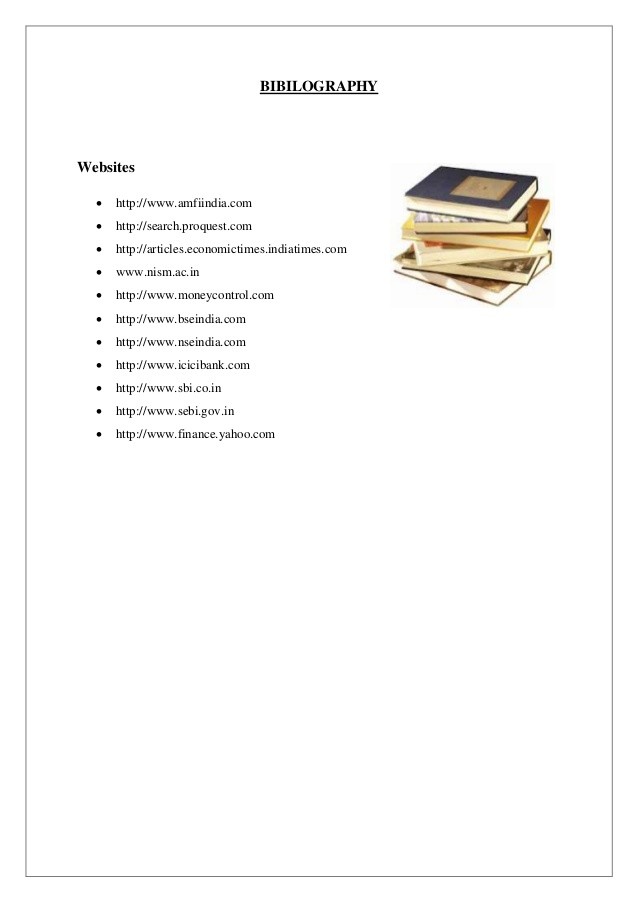Which Mutual Fund Risk Measures Really Matter
Post on: 3 Апрель, 2015 No Comment

Exclusive FREE Report: Jim Cramer’s Best Stocks for 2015.
Go ahead. Get under the hood.
If you don’t wrench much, you may expect to find a mere collection of cranks and cams, a predictable combination of parts that can tell you exactly how high the engine will rev.
Many of the so-called experts say the same about your portfolio — that every fund or security you choose has set specifications, that rigid ratios and flashy formulas can drive your investment decisions.
I used to think that was true, too, before I had much experience on my motorcycle or with my mutual funds.
It took a serious breakdown outside Barstow on a BMW sportbike that had just received the shop’s stamp of approval, and an equally grave failure by a growth fund blessed by all the authorities, to convince me otherwise.
Investing — or riding — is no science. It’s an art. Yet all too often, we make the mistake of assuming that because so much surrounding our fund is numeric, the buy-and-sell decisions are mathematical. Nothing could be further from the truth — especially when considering one of the most difficult-to-understand (and measure) aspects of a mutual fund: its riskiness.
Let’s take a quick tour of some of the tools available to assess your mutual fund’s risk (or its close cousin, volatility). We’ll look at what’s the best way to use them to better understand your investments, and perhaps more importantly, why none alone will give you a truly full picture of your portfolio.
This common measure compares a mutual fund’s volatility with that of a benchmark (usually the S&P 500) and is supposed to give some sense of how far you can expect a fund to fall when the market takes a dive, or how high it might climb if the bull is running hard.
A fund with a beta greater than 1 is considered more volatile than the market; less than 1 means less volatile. So say your fund gets a beta of 1.15 — it has a history of fluctuating 15% more than the S&P. If the market is up, the fund should outperform by 15%. If the market heads lower, the fund should fall by 15% more.
But beta, though a useful guide, is far from perfect, especially when used as a proxy for risk. The problem here, as with many risk measures, is the benchmark. For funds that don’t correlate well to the S&P, such as international or precious metal funds, beta just doesn’t tell you much. Gold funds, for example, get a really low beta, but anyone who’s invested in them of late knows all too well that they’re anything but risk-free.
Alpha was designed to take beta one step further. It looks at the relationship between a fund’s historical beta and its current performance, or the difference between the return beta would lead you to expect and the return a fund actually gets. An alpha of 0 simply means that the fund did as well as expected, considering the risks it took. So if that fund with the beta of 1.15 beat the market by 15% (or underperformed it by 15% when the market was down), it would have a 0 alpha. If your fund has a positive alpha, that means it returned more than its beta predicted. A negative alpha means it returned less.
The trouble with alpha is that it’s only as good as its beta. If the benchmark S&P isn’t appropriate to a fund in deriving its beta, then alpha, too, will be imprecise.
Standard Deviation
Meet the most popular of the risk measures — one with a distinct advantage over beta. While beta compares a fund’s returns with a benchmark, standard deviation measures how far a fund’s recent numbers stray from its long-term average. For example, if Fund X has a 10% average rate of return and a standard deviation of 5%, most of the time, its return will range from 5% to 15%. A large standard deviation supposedly shows a more risky fund than a smaller one.
But here, again, what’s problematic is your reference point. The number alone doesn’t tell you much. You have to compare one standard deviation with the others among a fund’s peers.
But a more glaring problem is that the standard deviation system rewards consistency above all else. A fund is considered stable based on the uniformity of its own monthly returns. So if it loses money but does so very consistently it can have a very low standard deviation — down 3% each and every month wins a standard deviation of zero. I don’t know about you, but that doesn’t signal a risk-free investment to me!
And likewise, a fund that gains 10% one month and 15% the next would be penalized by a high standard deviation — a reminder that volatility, although perhaps a cousin to risk, itself isn’t necessarily a bad thing.
Sharpe Ratio
This formula, worked by Nobel Laureate Bill Sharpe, tries to quantify how a fund performs relative to the risk it takes. Take a fund’s returns in excess of a guaranteed investment (a 90-day T-bill) and divide by the standard deviation of those returns. The bigger the Sharpe ratio, the better a fund performed considering its riskiness.

Here, again, you have the problem of relativity — the ratio itself doesn’t tell you anything, you have to compare it with the Sharpe of other funds. But this ratio has an advantage over alpha because it uses standard deviation instead of beta as the volatility variable, and therefore you don’t have to worry that a fund doesn’t relate well to the chosen index.
Morningstar Risk Ratings
The mutual fund rating company provides, in my opinion, one of the best views of risk. Morningstar says that what we investors really care about is when our funds LOSE money, not when they’re doing better than the benchmark or than their long-term averages. It measures how often and by how much a fund trails the monthly T-bill rate, and then compares that average loss with that for the investment class.
The average for a class is 1.00, so numbers above that mean a fund is riskier than its peers, and below is considered less risky.
Here are a few examples. The (CFIMX ) Clipper fund (click here for a profile) has a three-year risk rating of 0.57 — that means that it’s viewed by Morningstar as 43% less risky than other domestic equity funds. The (BRWIX ) Brandywine fund is rated 1.61, 61% more risky than its peers.
As you can see, there’s no shortage of tools. It’s no wonder that the SEC wimped out when it tried to include a standardized risk measure in mutual fund prospectuses.
In times such as these, with volatility the only constant in an up-and-down market, we all seek comfort in orderly formulas. But no one number tells with certainty exactly how much risk we take with the funds we buy.
What I suggest is taking a look at these available guides, then also checking out a fund’s track record during specific down times — how did it handle the week of Oct. 27, for example, or when the Gulf War hit Wall Street.
But once you have your charts and graphs in front of you, remember that the point of investing is not to avoid risk, but to understand the risk you take.
I’ll leave you with a recent conversation I had with one of the best minds in the business: Jack Bogle. senior chairman of Vanguard. One needs to be conscious of risk, but not push it to the last decimal point, he told me. It’s about awareness, rather than mathematics.














